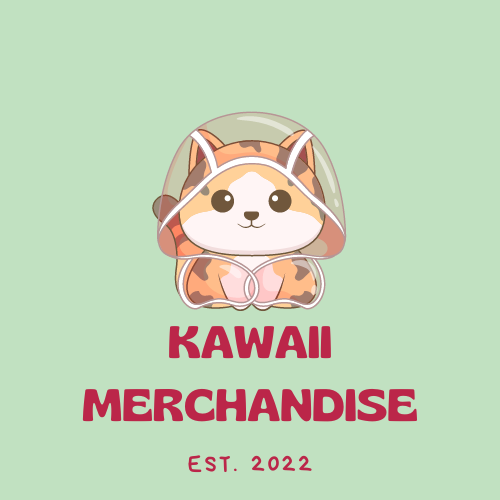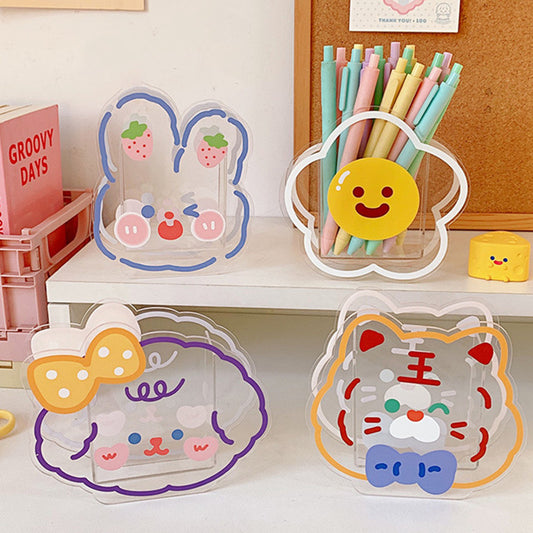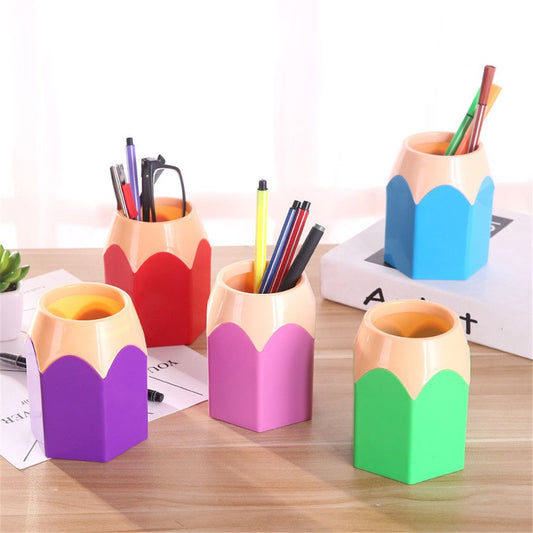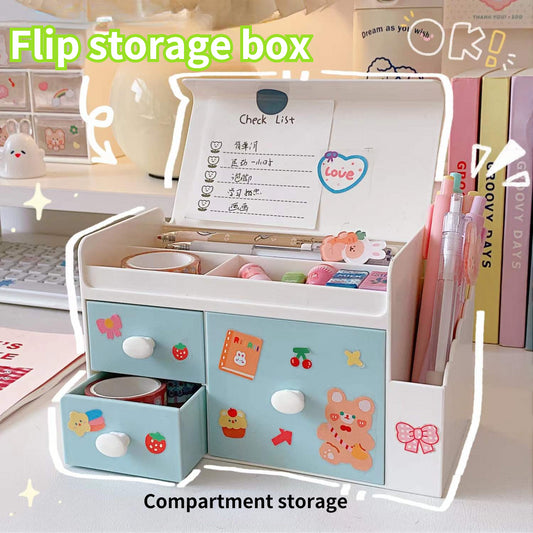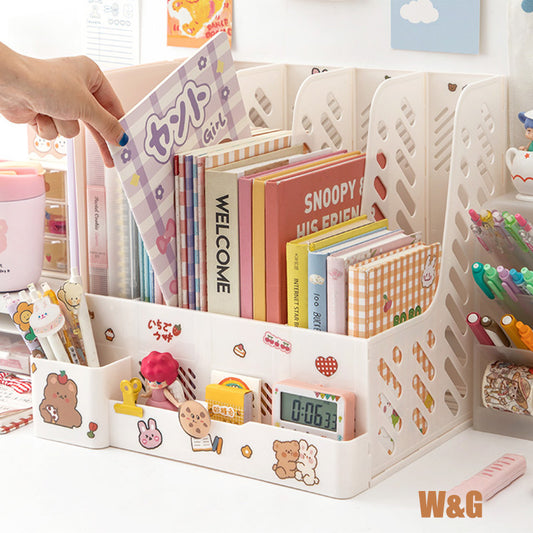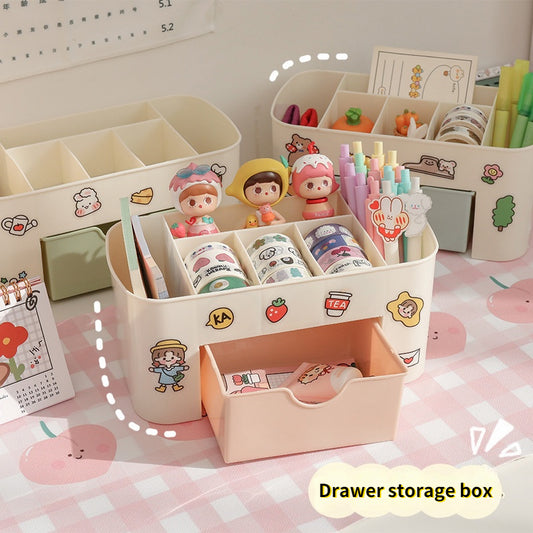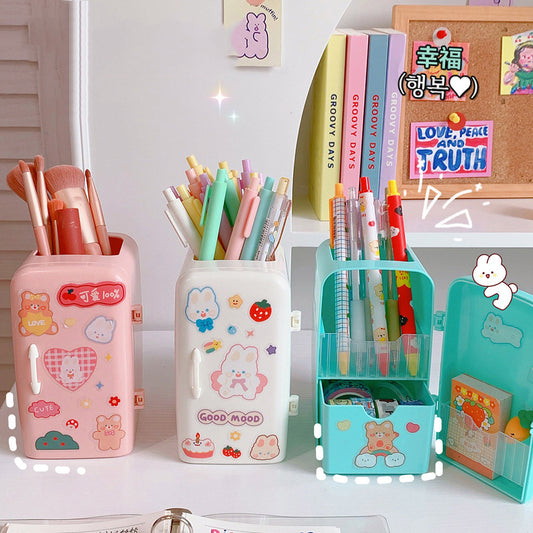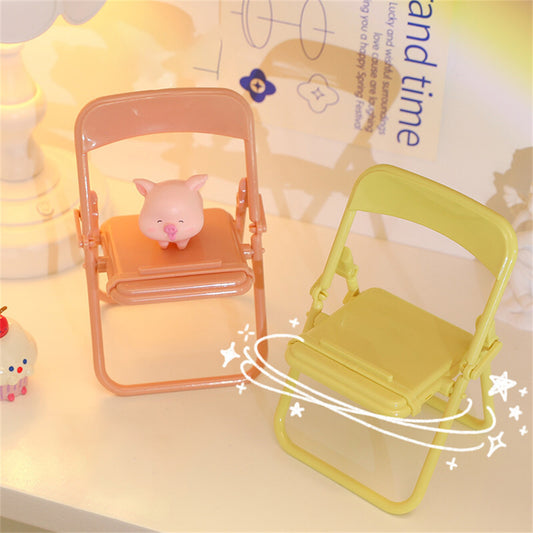What is Japanese Kawaii Culture?
The cultural influence of Japan is recognized worldwide, in everything from anime and gaming to fashion trends. Japanese kawaii culture has been growing in popularity due to globalization and a more technological world. You've probably seen Hello Kitty and have had a glimpse at Japanese cute culture. But what's the real story?
What does Kawaii mean?
The Japanese culture of kawaii is all about cuteness. Kawaii is much more than a Japanese word. Kawaii has become a word that means "cute", loveable, and adorable. It also refers to someone or something that has no negative characteristics. It is used to describe a culture that celebrates all things cute and embraces fictional characters as an embodiment of positivity.
Kawaii is an umbrella term that can be used to describe items, humans, and non-humans that appear young, cute, and childlike. It is based upon the sweet physical characteristics of young children and animals. To make animals appear more human-like, they can adopt human features. Humans can also take on the characteristics of animals, especially cats, by using their ears and tails to express emotions.
Kawaii is very popular in Japan, as Japanese culture values youth. Women and men alike seek to imitate youth by adopting the kawaii lifestyle and dress. Kawaii can also be a way to escape the long hours of work and social pressures faced by many Japanese people.
The Japanese kawaii culture has become part of the lives of many Japanese people. But how did it start?
The History of Japanese Kawaii Culture
In the Taisho Era (1912-1926), "kawayushi" was used to translate into "kawaii", which means "embarrassed, shy, vulnerable," lovable, small, and lovable. This meaning has been retained by the modern world, which now includes feelings of love and care.
Girl's Illustrations were an early form of kawaii. Yumeji Takehisa's woodblock prints of "chiyogami", illustrated by Yumeji Takehisa, combined East and West. He used round eyes to depict innocence and youth. Western influence is evident today. The large, round eyes are the result of the interaction between Japan & America during World War II.

Kawaii's target audience was young girls in school before the 1970s. Shojo was developed to market and develop fashion following the Second World War. It targeted teens by drawing characters in fashionable fashion trends. Kawaii was used by girls to sell cuteness. They chose their products based on kawaiiness. A large group's culture and identity were formed around cute clothes, accessories, and objects.
Marui-ji (or round writing) was very popular in Japanese schools by the 1970s. To decorate their writing with cute symbols such as stars and hearts, schoolgirls used mechanical pencils.
Hello Kitty was the first kawaii cat. Hello Kitty is one of the most beloved cats. There are over 50,000 products in 130 countries. Hello Kitty is a cute character who represents kawaii culture. She has a large head and eyes, a small nose, and very few facial expressions. Because of her expressionless demeanor, people can give her any emotion. This makes her a very popular character that transcends age and gender.
What's the Kawaii Culture like in Japan Today?

The Japanese kawaii culture is a part of every aspect of life and popular culture. Even the road crossings chirp instead of beeping!
-
Fashion: Kawaii is a subculture of Japanese fashion. Cosplay is a hallmark of modern Japanese culture and fashion trends. Cosplay is a hugely popular Japanese fashion trend. It allows you to portray manga and anime characters. Japanese fashion is an example of Japanese cute culture. It emphasizes innocence and cuteness. The kawaii aesthetic is bright, colorful, frilly, and adorned with overstated bows. The kawaii mannerisms, which are adorable and childish, complement this style.
Harajuku, Tokyo's area for foreigners was once synonymous with a difference. It was originally an Americanized housing area called Washington Heights. It became a pedestrianized area in 1977 and the epicenter of street fashion. Every style, from gothic to cosplay to kawaii, made an appearance. Harajuku has remained a popular tourist spot and is a hot spot for pop culture.
- Popular Culture: Japan boasts a quirky café culture to name a few. There are many cafes in Japan, from monster cafes to cat cafes, to character cafés.
- Mascots: All companies and prefectures have one. It is usually an animal that looks like an anime character. They are also found in museums, schools, prisons, and even the military.
- Entertainment: Female and male pop stars both wear kawaii clothes and makeup. They also try to alter the size and color of their eyes with large, colored contact lenses and false eyelashes. Japanese pop stars are also cute and kawaii. They write in kawaii script or make small drawings in their signatures.
- Advertising and Marketing: Japanese snacks and food are packaged in brightly colored packaging or have cute faces. Everything is more cute and affectionate when it has faced!
- Gaming: Japan is well-known for its gaming industry. Most games include a kawaii component.
- Art is a place where cuteness thrives. There are several types of cuteness to choose from Guro–kawaii, ero–kawaii, Kimo–kawaii, creepy cute, and busu–kawaii. Takashi Murakami is one of Japan's most well-known kawaii artists. Murakami is known as the "Warhol of Japan" due to his cartoon-pop aesthetic.
- Food: The Japanese cute culture has even found its way into food. One popular trend is to transform basic packed lunches, which include staple foods such as rice, fish, and meat, into beautiful works of art. There are two types of bento boxes: the kyaraben or oekakiben. The character bento boxes, also known as kyaraben or character bento boxes, are made with characters from popular media, such as animals, people, and animals. The oekakiben bento (or picture bento) is made to look like animals and buildings as well as landscapes and scenes.
The Japanese kawaii culture, which is so much a part of Japanese daily life, is very different from what we see in US or UK. Explore our selection of kimonos, plushies, and desk accessories to experience kawaii at your home.
